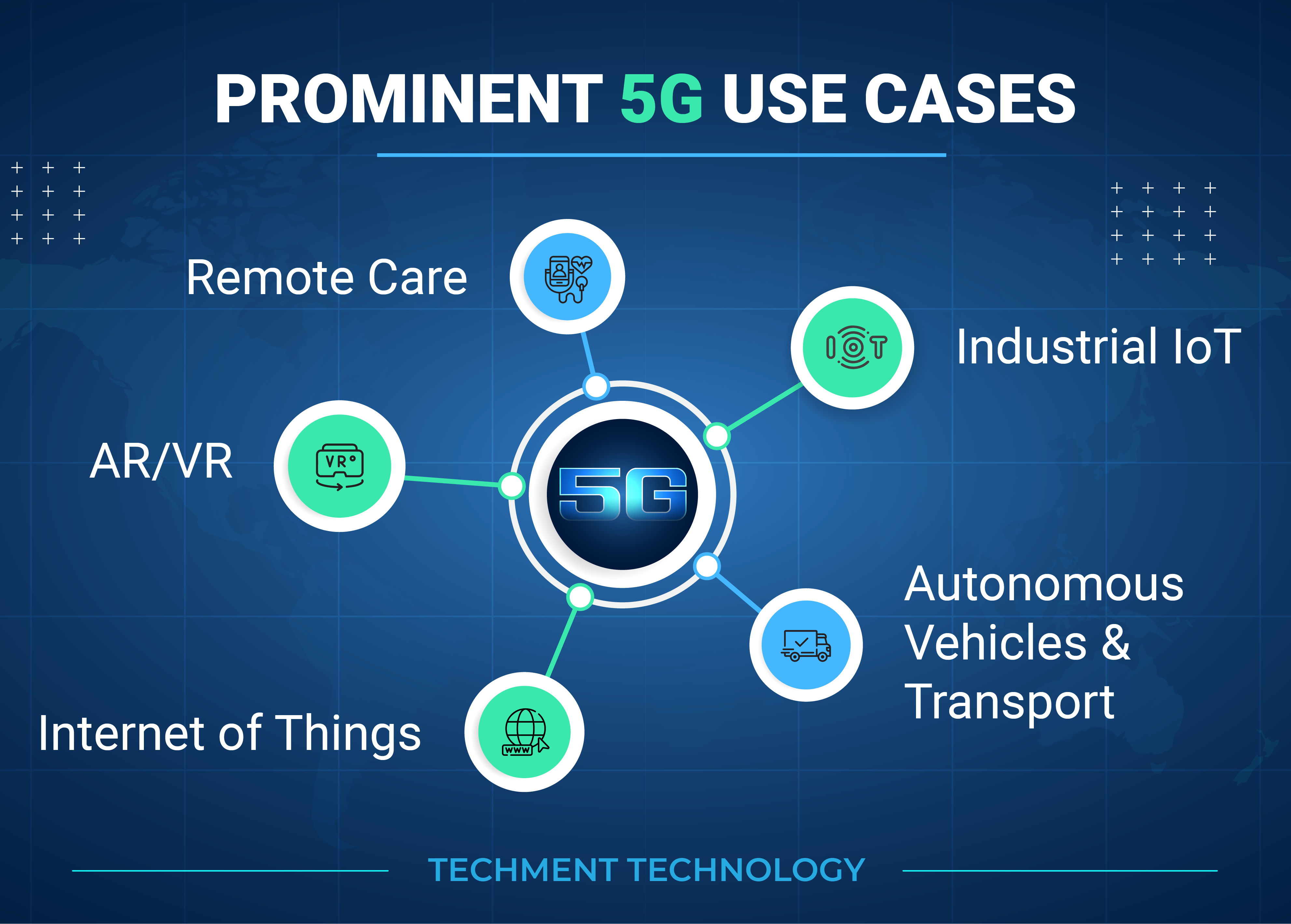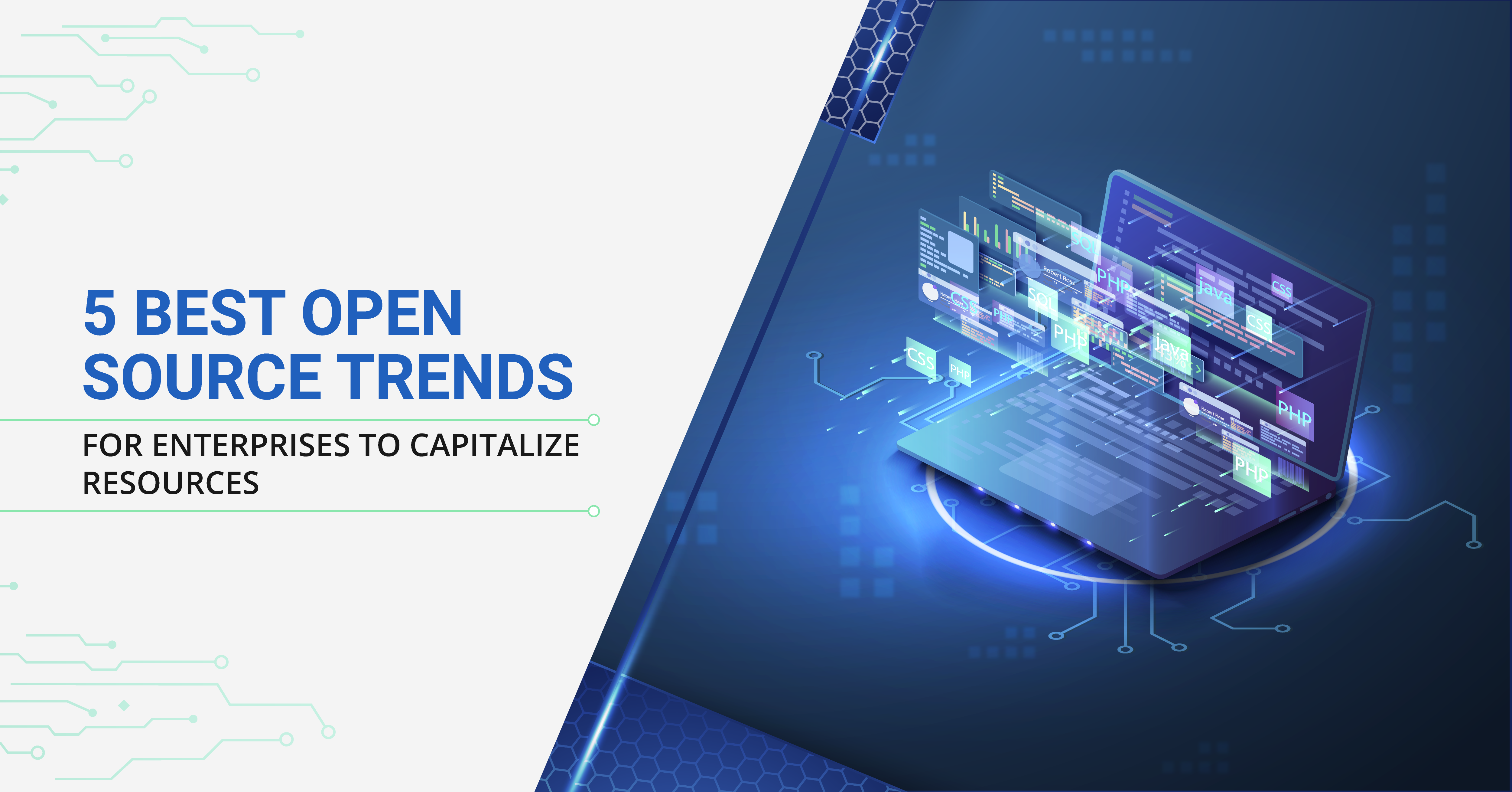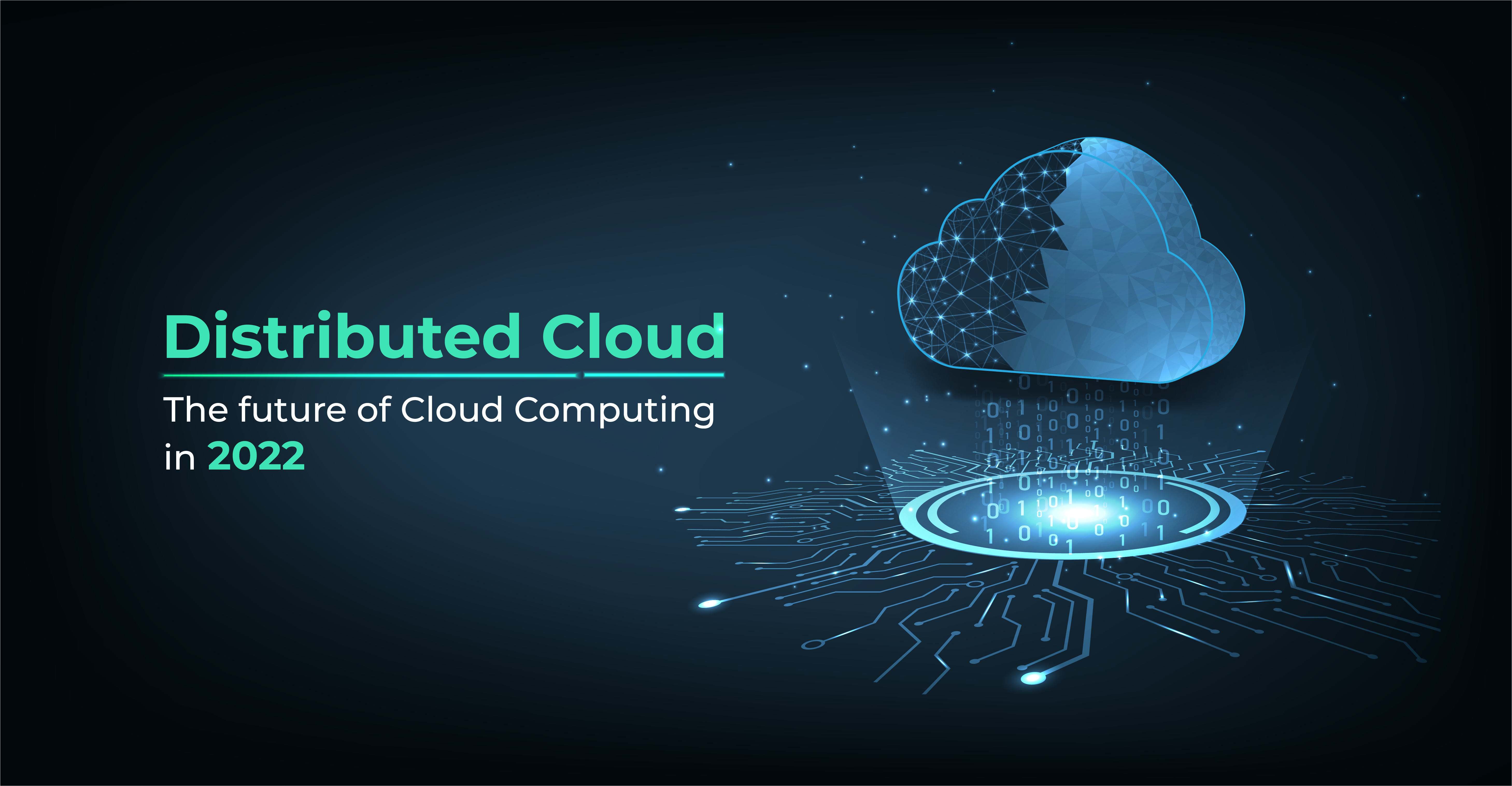Increasing adoption of cloud computing and access to large data servers has made lives easier. More accessible and cost-efficient cloud makes storage and collection of data feasible even for smaller players. After its inception in 1999, it saw exponential rise in usage and its market is expected to cross US$ 160 billion by 2024.
When cloud traffic surged, Edge computing started emerging, solving the issue of latency and unnecessary traffic on cloud. With the emergence of IoT and internet penetration, the need for Edge computing became strong. Now that IoT has become a significant force with data analytics, networking infrastructure, AI, big data & cloud,the question of higher bandwidth, low latency for smart devices still exists. Emergence of 5G has paved the way for fulfilling these aspects.
How 5G and Edge are Mutually Reinforcing Phenomenon
As 5G and EC are both associated with accessing real time data and fast connectivity. With potential of providing higher bandwidth and reduced latency 5G seems to work on edge computing for providing quick real time data.
- Latency: Incapability to deliver real time data may be because of companies’ down performance. Quick access is really necessary when it comes to critical scenarios like emergency alarms at fuel stations. If it skips by a few seconds due to slow data triggering, it can cause huge loss. 5G connectivity will therefore be quick which can deliver data in 1 ms (millisecond).
5G will hence rely on the edge which is being stationed.
- Full Coverage: The coverage 5G would require is vast. It will definitely need physical installations to be stationed at distances that will be an arduous task. Also 5G depends on multimode network architecture and is thought to cover short distances, it is sure to depend on edge.
- Mobile Computing: Among IoT devices mobile being handy & most convenient to operate, is dependent on edge computing. Users seek immediate connectivity to operate these smart devices & 5G will be an obvious solution for companies if they want to retain customers in a competitive environment.
Use Cases of Edge Computing that will be influenced by 5G

5G is key to promising edge computing performance in IoTs, healthcare, autonomous machines, gaming etc. For companies planning to invest in 5G must watch use cases that will be benefited after its implementation.
- Industry 4.0: 5G network slicing and mobile edge computing to provide various value-added services for the manufacturing industry to connected factories a reality.
- AR/VR: 5G is going to empower AR/VR capabilities beyond limited as machines can do much more with negligible latency and high speed data transfer which will allow the rendering of images and other processes to the cloud.
- Autonomous Vehicles & Transport: In autonomous vehicles, the use of 5G will be an absolute success as sensors in moving objects are more dependent on real time data. It will prevent any mishap due to latency. Apart from this predictive maintenance, forecasting, fleet management will be improved.
- Remote Care: Data limitations in healthcare sectors limit performance. To exchange high resolution images without delay will be highly favored. Telemedicine can be done faster than before, especially in rural areas.
Since 5G needs complex installations, it is not being given a thought by many IT companies as this will need huge infrastructure and economy. IT industries will have to make a roadmap to prepare for 5G. - Internet of Things: The promise of 5G’s low latency and high bandwidth will help eliminate the biggest constraints on IoT expansion. With the real-time detection and response capabilities of devices, 5G and the Internet of Things are a natural combination that will affect almost every industry and consumer.
IT Leaders need readiness in these Architectural Constituents
Since 5G has so much to ask for architecture, many IT companies and service providers are unable to figure out how to prepare for 5G implementation. Key parameters focus on cloud architecture, better APIs.
- Change in Cloud Architecture: The cloud architecture for 5G demands structures for dedicated functions. For better accessibility in real time and real quick, the segments need to be divided according to services, like Micro servers do (where each service has a defined layer to access rather than stored in one dedicated server). Hence cloud layers need to be decomposed at different levels to provide dedicated services. With 5G, the hardware combined with these solutions, at close proximity to users, will be effective in handling traffic.
- Better API implementation for 5G: Since cloud, IoT, organized networks, and dedicated network layers are all building blocks of a 5G network, there also has to be optimization in use of applications and services. The 3GPP telecom standard has defined some basic requirements for 5G APIs;
- Requirement of restful APIs
- Single API gateways for core functions.
- API monitoring functions
The 5G API will provide the functionality needed to support the increasingly consumer-centric communications, applications, commerce, and digital technologies developed for 5G networks. This development goes beyond traditional API support.
Unfolding Value Propositions of 5G
The fact that 5G will cover the majority of sectors cannot be denied. But with a different variety of use cases it also comes with security concerns. By 2027 IoT devices are expected to grow to 41 billion and this expansion will bring 5G to life. Can’t ignore IIoT (Industrial IoT), it will also improve with rising 5G technology. According to a report published by “tech republic”, only 45% of tech companies are planning to accept 5G implementation. But they will have to shift towards it with growing competition.
In wide aspects, 5G can be enabled to provide better public transport with smart implementation of designs in creating routing timetables and schedules in quick real time. Also mobile phones will be able to detect routes faster than before. This will also provide data about real time traffic, unexpected crowds etc. With a combination of 5G, AI, ML & cloud, the logistics and fleet operations can be greatly improved with advanced IoT tracking, smart surveillance and analytics, and intelligent transport systems.
Due to its performance and reliability, 5G is quickly becoming a popular network & has much wider aspects than discussed. With the right measures and preparations like the infrastructure, APIs, data hubs etc companies would be able to use 5G more conveniently. Collaborating with companies that provide you support for developing programs and APIs will be the right choice for companies planning to use 5G.
Techment technology believes in working together in an innovative approach. Connect with us for free consultation on development programs towards 5G.
 All Posts
All Posts

